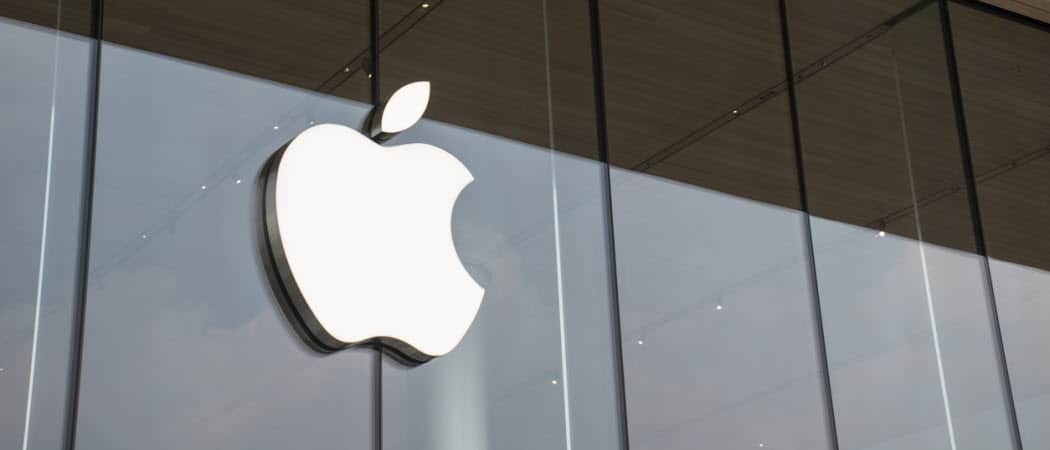What is Apple Glass?
The first-generation Apple Glass is likely to offer LiDAR through the right temple and wireless charging through a provided stand. LiDAR technology, which stands for Light Detection and Ranging, is built into the recently released second-generation 11-inch iPad Pro and fourth-generation 12.9-inch iPad Pro. It’s a remote sensing method that uses light in a pulsed laser to measure ranges. In doing so, LiDAR can help create and overlay AR objects in the real world. Built into Apple Glass is a unique UI called Starboard that the wearer controls with gestures on the frames or in front of the device. Baked into the wearable is a scanning component that allows you to perform tasks using QR codes. Other features haven’t yet been leaked, but notifications should play a huge role. Like the first-generation Apple Watch, the glasses will rely on the iPhone for much of its data processing. Prosser noted he saw a prototype of Apple Glass that was made of plastic. However, the finished product might be made of other materials. A sunglasses model could also be in the works, although Apple hasn’t yet started work on it. According to the leaker, Apple expected to launch the new product alongside the “iPhone 12” this fall. The ongoing pandemic likely changed those plans. Prosser says March 2021 could be Apple’s new introduction date for Apple Glass, although it’s still possible Tim Cook and company will tease us with something about the product before the end of 2020. Apple Glass will launch at $499 and be available with or without an eye prescription, which will cost extra.
Early Thoughts
If Apple Glass sounds familiar, it should. Back in 2013, Google introduced smart glasses. The $1,500 first-edition Google Glass targeted consumers. In recent years, the ever-evolving product has shifted its focus to the enterprise market. Today, everyone from doctors to automobile assemblers is using Google Glass at their place of business. The earliest criticism of Google Glass mostly focused on privacy concerns since the wearable included a camera, which made many onlookers uncomfortable. Based on the new Apple Glass leaks, it looks like Cupertino took these privacy concerns to heart before it began work on its product. As noted above, Apple Glass doesn’t have a camera. It also looks like a regular pair of glasses, unlike Google Glass, and only shows its digital side to the wearer. These two reasons alone, plus the reasonable starting price of $499, should be enough to make the most ardent Apple fans first adopters. To convince others to purchase, Apple will need to pack the glasses with easy-to-use and beneficial features.
What I Want
I’ve worn glasses every day since I was in the fourth grade. Decades ago, I flirted with contacts lenses and, about five years ago, seriously considered ditching my glasses by having Lasik surgery. Today, I still wear glasses and don’t expect that to change anytime soon. Wearing glasses is a part of me, and I’m okay with that. If Apple’s new product indeed looks and feels like regular glasses, the company will have won half the battle, at least with techies that already wear glasses. Non-glass-wearers, however, will probably be a tougher sell, although electronics with must-have features can turn even the most passionate skeptic around. With that being said, when I envision smart glasses, I see a wearable device that lets you interact with the outside world in fun, useful ways. For example, I’d love to walk into a grocery store and through AR to see what products are on sale as I’m walking down each aisle. Or, when visiting a movie theater, the glasses allowed you to view exclusive content before and after the show. Are you a football fan? Let’s see those digital first-down markers on the field in person, just like we do when watching the big game at home on TV. Another idea: When driving, have the glasses show an overlay with mile markers, upcoming attractions, and more. In other words, bring Apple Maps directly in front of our eyes. What I don’t want from Apple Glass is the same type of notifications already showing up on my iPhone and Apple Watch. That sounds boring and not very useful.
Why Prosser?
There are countless Apple leakers around the world. However, Prosser is fast becoming the best of them all. Earlier this year, he leaked accurate information weeks beforehand for the product that became the iPhone SE (2020). He also got the 13-inch MacBook Pro (2020) release window correct, suggesting he has important contacts at both Apple and throughout its supply chain.
Time Will Tell
No doubt, this will be the first of many Apple Glass leaks we’ll see before the official revealing. Hopefully, we’ll see more very soon.
![]()

